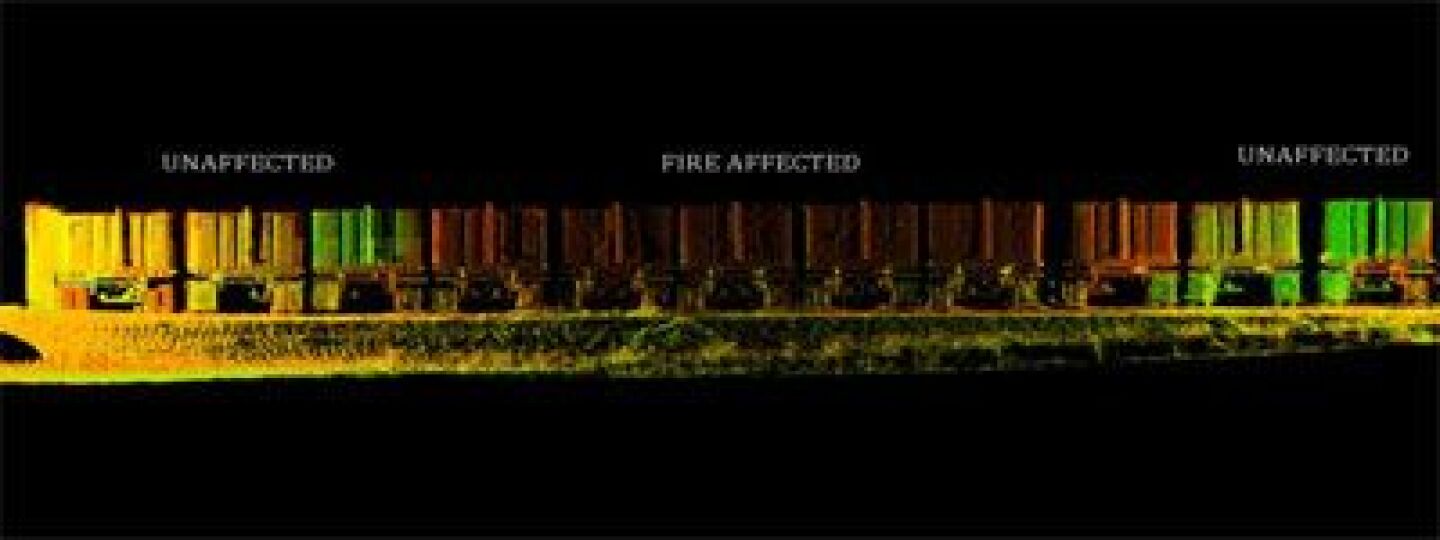When forensic engineering firm Crane Engineering transitioned from a total station to a high-definition 3D laser scanner in May 2012, they knew the scanner would improve speed, accuracy and efficiency in their building science and forensic investigation work. However, it quickly became apparent that the scanner would also deliver unanticipated benefits in its investigation of explosions.
Based in Plymouth, Minn., Crane Engineering provides expert forensic engineering services for industrial applications, insurance subrogation or claims, and product liability litigation. “We mainly revolve around gas explosions of mechanical stuff — boilers, that sort of thing,” said engineering technician Jeff Trei. “We do a lot of forensics work in the gas area and mechanical engineering.”
One of the firm’s first laser scanner projects involved a large fire at oil drilling site that contained 30 frac tanks stored in a row. The insurance company hired Crane Engineering to determine how many tanks were damaged and how many were burned beyond repair.
After the site was scanned and the data analyzed, the scans revealed unexpected but useful information. “One thing we noticed, which I thought was really interesting, was that when you scan something — if you look at it not in photographic color but in intensity scale — you can absolutely see burn patterns,” Trei said. The black parts, he explains, show up as dark red; everything else reflects a different color. “You can see exactly where the most intense burning was because it’s very dark and it reflects poorly so you get that dark red color in your scans,” he said. “That helps us more easily identify the source and the extent. If it’s burned just a little bit, you’ll be able to see the gradient of how burned things are. It was pretty amazing to everybody.”
With this information in hand, Crane Engineering was able to quickly provide the damage report the insurance company needed. “It was easy to look at the scan and say, ‘The last dozen of them didn’t get anything on them; this one partially; this one a little more; this one is a total loss,’” Trei said.
Crane Engineering is considering further applications of intensity-scale burn patterns in its multi-faceted work. “We are interested in that,” Trei said, “and how we could apply it in the future.” In addition to gas explosion investigation, Crane Engineering has divisions dedicated to forensic engineering, consulting engineering and laboratory services, fire science, building science, data forensics, motor vehicle testing and accident reconstruction. “It works the same on vehicle fires and things like that,” Trei said. “The intensity reflects back in a different color that your eyes won’t see in real color. It’s almost like seeing in infrared or UV—a different spectrum that lets you see things more clearly.”
For more information on 3D laser scanning technology, contact us.












